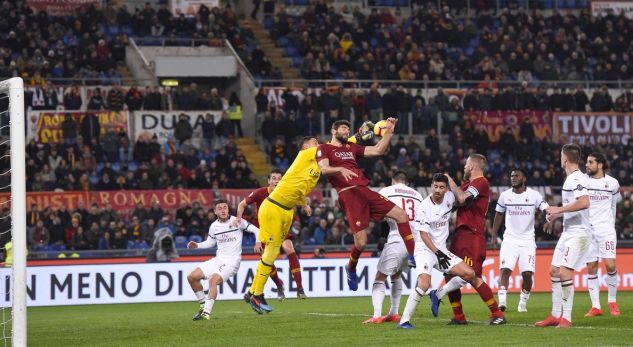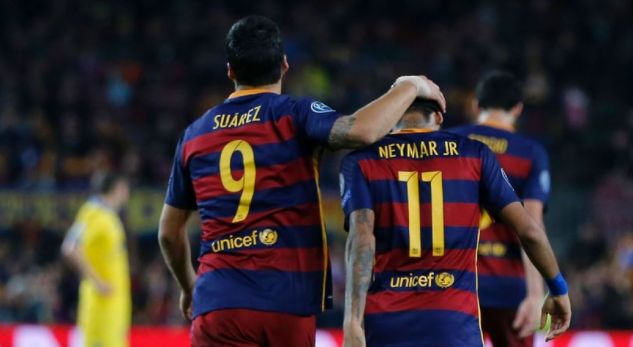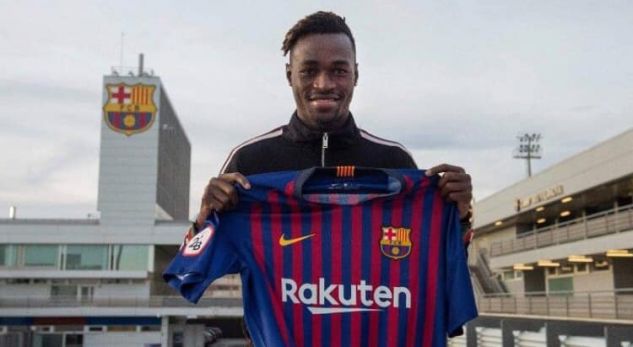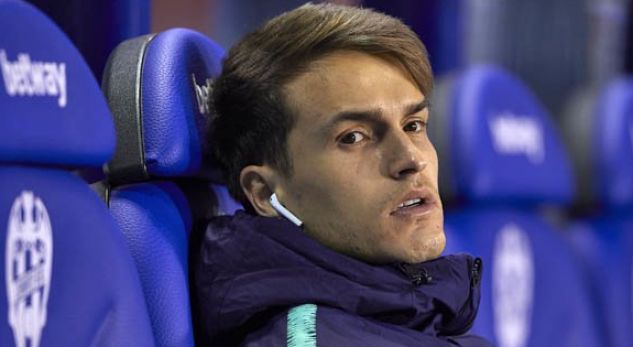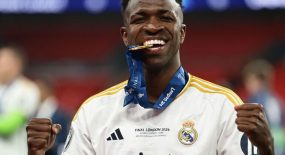There is no winner at the Olimpico, Roma and Milan have split points, equalizing 1-1.
The Italian derby between Rome and Milan ended with a draw. The Romans and Reds have split points in the match held at the Olimpico Stadium, valid for the round of 22 in Serie A.
The teams donated spectacle over 90 minutes, creating successive chances.
The first in the lead passed the guests, with the goal of the newly transferred striker, Krzysztof Piatek – who a couple of days ago scored 2 goals.
He scored 0-1 in the 26th minute, to send Milan on a first-time break with the superiority of a goal.
With the start of the second part, Roma found the equalizer goal. It was the new Italian talent, Nicolo Zaniolo, who scored 1-1 in the 46th minute, which turned out to be the end result of the match, despite the attempt on both sides to change things.
After this draw, Roma has remained in fifth place with 35 points accumulated, meanwhile Milan in the fourth with 36.








